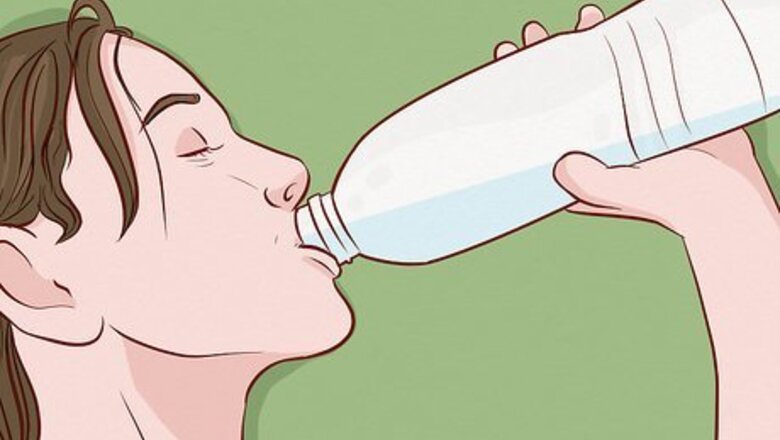
views
X
Trustworthy Source
American Academy of Dermatology
Professional organization made of over 20,000 certified dermatologists
Go to source
Getting Your Skin in Top Shape
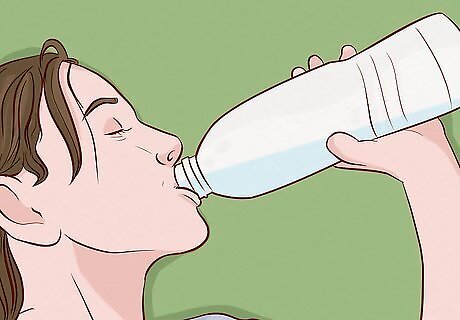
Up your water intake before polishing. It's important your skin is as hydrated and healthy as possible when you go into the polishing process. To help with this, up your water intake. Aim to drink anywhere between 10 to 12 glasses of water a day. Do this for about a week before you plan to polish your skin.
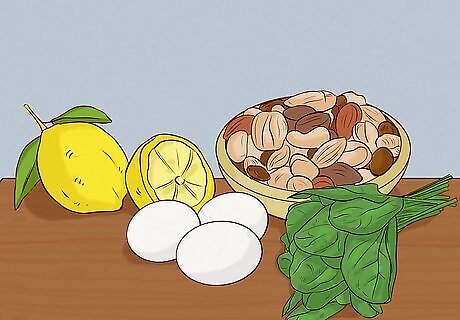
Eat foods rich in vitamin E and A. Vitamin E and A can help with your overall skin health. While you work your way up to the skin polishing, eat things like wheat germ, soy, nuts, eggs, and yellow, orange, and dark green vegetables. This will help your skin tolerate the polishing well.
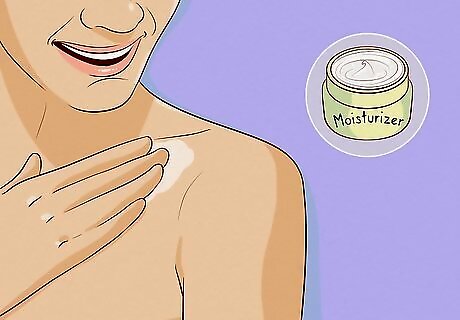
Moisturize daily. In order to keep your skin healthy and also diminish signs of wear or aging, it is important to moisturize each day immediately following your shower or bath. This helps keep your skin extra smooth and in optimal condition for polishing. Be sure to use a body oil or lotion daily that is dermatologist recommended. If you would prefer something less processed, try some of the following: Olive oil Unpasteurized and unfiltered coconut oil Shea Butter
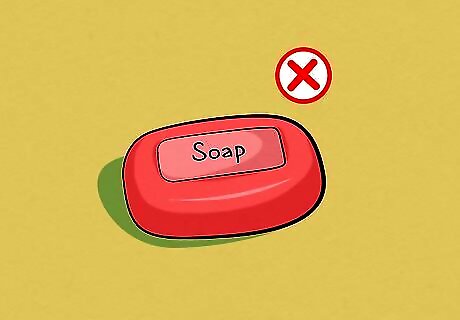
Go soap-free. Soap is alkaline in nature and, especially for sensitive skin, can cause irritation, flaking, and cracking of the skin. To prime your skin for polishing, avoid soap. Go for non-soap cleansers instead or simply rinse off unwanted dirt and debris with water.
Selecting a Polish

Choose a store bought polish. You can use a skin polish from a beauty salon or buy one online. Store bought polishes tend to be pricey, and they may not work for all skin tones, but it can save you the hassle of making one yourself. As some polishes may irritate some skin types, try buying a sample size first and testing it on a small patch of skin to make sure you react to it properly. If you have a bad reaction, try a different polish or make one at home from natural ingredients.
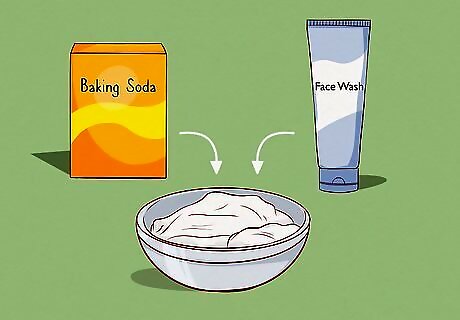
Try a baking soda polish. Mix one part baking soda with one part of your regular face wash to make a baking soda rub. The natural grains in baking soda help remove dead skin cells and replenish and polish your skin. Use enough baking soda/face wash to form a thick paste that can be applied all over your body.
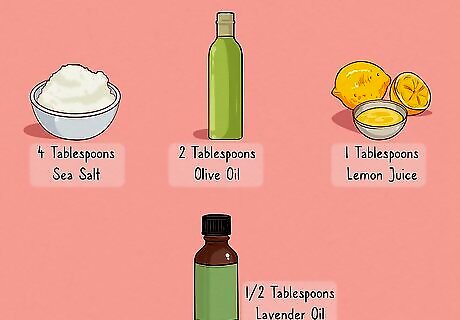
Use sea salt, olive oil, lemon juice, and lavender oil. Mix four tablespoons of sea salt, two tablespoons of olive oil, one tablespoon of lemon juice, and half a teaspoon of lavender oil. This mixture can help cleanse the skin and also has a pleasant odor. Avoid using this mixture if your skin is sensitive to essential oils.

Mix brown sugar with jojoba oil. Mix a cup of brown sugar with half a cup of jojoba oil. Also, add in a tablespoon or orange juice and five vitamin E capsules. This mixture is great if your skin is dry, as jojoba oil is a natural moisturizer.
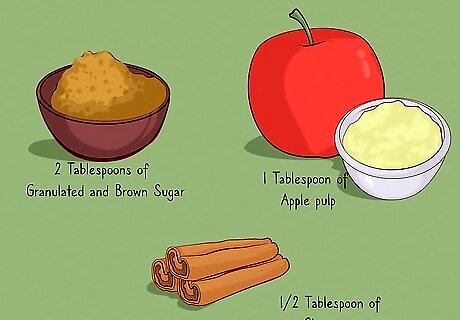
Try a mixture of apples and sugar. Mix two tablespoons of granulated and brown sugar together. Then, add about a tablespoon of apple pulp and a quarter tablespoon of cinnamon. Apples provide a great source of vitamin A and B, which are great for skin health.
Applying Your Polish
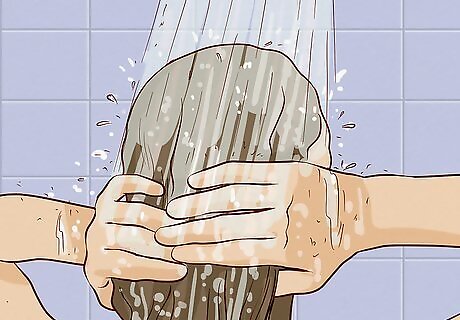
Open your pores with a hot bath. Before you apply your skin polish, a nice bath is necessary. This helps relax you and open up your pores, allowing your skin to be adequately cleansed and polished. There is no precise time frame for you to be in the bathtub, but 20 minutes should be adequate.

Apply the polish to your face. Dab the polish onto your face, focusing on the cheeks, chin, elbows, and nose. Use your fingers to rub the polish into your face in circular motions until the polish is distributed evenly throughout your face. Rinse your face off with warm water before proceeding.

Exfoliate rough areas with a pumice stone. Before applying your polish to rough areas, you should remove callouses and dead skin. This can be done with the assistance of a pumice stone, which you can purchase at most department stores. Gently rub the stone against rough areas, like the heels and elbows. Apply enough pressure to wear down callouses and rough skin, but not so much pressure that you feel in pain.
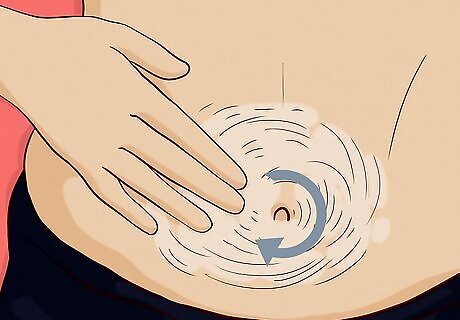
Apply polish all over the body in gentle, circular motions. You want to make sure all your skin is targeted during the skin polishing process. Work the polish in throughout your body. It can help to move from head to toes or vice vera. When applying your circular motions, use some force so you can lift dead skin. However, do not push to the point you feel pain. If you have any areas on your body that are extra sensitive, avoid applying skin polish here. EXPERT TIP “Body polishing is used to give the skin a fresh, smooth appearance. It can improve sun damage, dryness, and skin texture.” Laura Martin Laura Martin Licensed Cosmetologist Laura Martin is a Licensed Cosmetologist in Georgia. She has been a hair stylist since 2007 and a cosmetology teacher since 2013. Laura Martin Laura MartinLicensed Cosmetologist

Treat rough areas. After polishing your full body once, revisit the areas you treated earlier with the pumice stone. Apply a bit more polish here, just to exfoliate and moisturize the skin a bit more. Rough areas tend to need a little more care during the skin polishing process.

Rinse off the polish. You can rinse in the bath or shower, using warm water. Make sure you get any traces of polish off your skin. When you're done, gently pat your body dry with a towel.
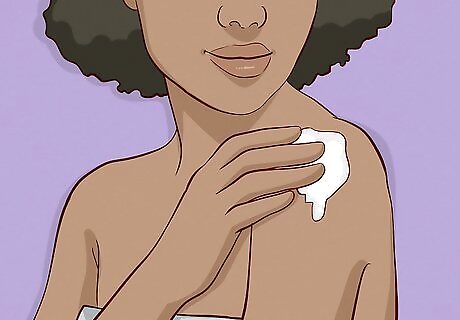
Moisturize your body. Skin polish can help remove dead skin cells, but it can also leave your skin feeling a little dry. Apply your regular moisturizer all over your body after skin polishing. If you have body-specific moisturizers, such as moisturizers for your feet and face, use these after polishing.
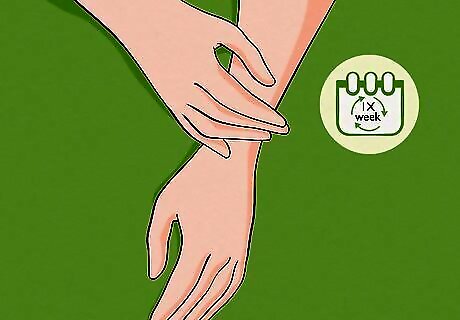
Polish your skin only once a week. As skin polishing is an intense form of exfoliation, it should not be done every day. Exfoliation is generally recommended to be done only once a week. If your skin reacts negatively to polishing, cut back that amount further.


















Comments
0 comment